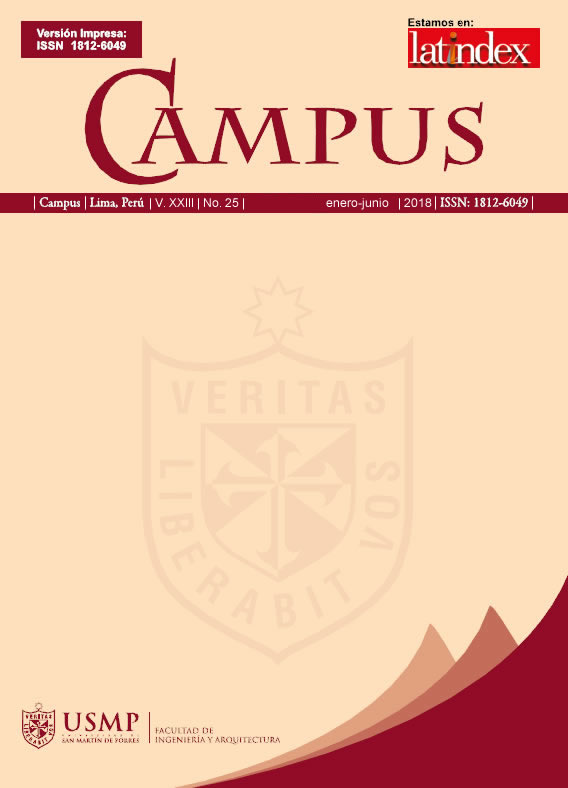Debris impact analysis and mapping results for the rocket vehicle ALV
Palabras clave:
ATK, ALV, ACTA, NASA, WFF, probabilidad, impacto, peligro, aviones, B747, FTS, seguridad, riesgo, trayectoria, escombros, fragmentos, análisisResumen
A risk analysis of the ATK ALV X1 vehicle was developed by the American company ACTA to support the NASA space agency Wallops Flight Facility located in Virginia. This particular risk analysis obtained results of the probability of impact of fragments of this vehicle that could collide with a B747 aircraft that could be flying over the space test area. The ATK ALV X1 was launched successfully but left its nominal flight path trajectory after 27 seconds, and for safety purposes, the flight termination system (FTS) was activated by destroying the vehicle and throwing into space the fragments that endanger air transport. Once again, in space history, ACTA contributes to public and transportation safety in this manner.Descargas
Los datos de descarga aún no están disponibles.
Referencias
Schetz, J. & Bowersox R. (2011). Boundary Layer Analysis, USA: American Institute of Aeronautics and Astronautics
Eterno, J. (1989). Ball Aerospace System Group, CO, USA.
Larson, W., Wertz, J. (1992). Space Mission Analysis and Design. Torrance, USA: Microcosm
Nelson, A., Larson, E., Arriola, L. (2007). Determining Buffer Zones for Experimental Permits. Torrance, USA: ACTA






